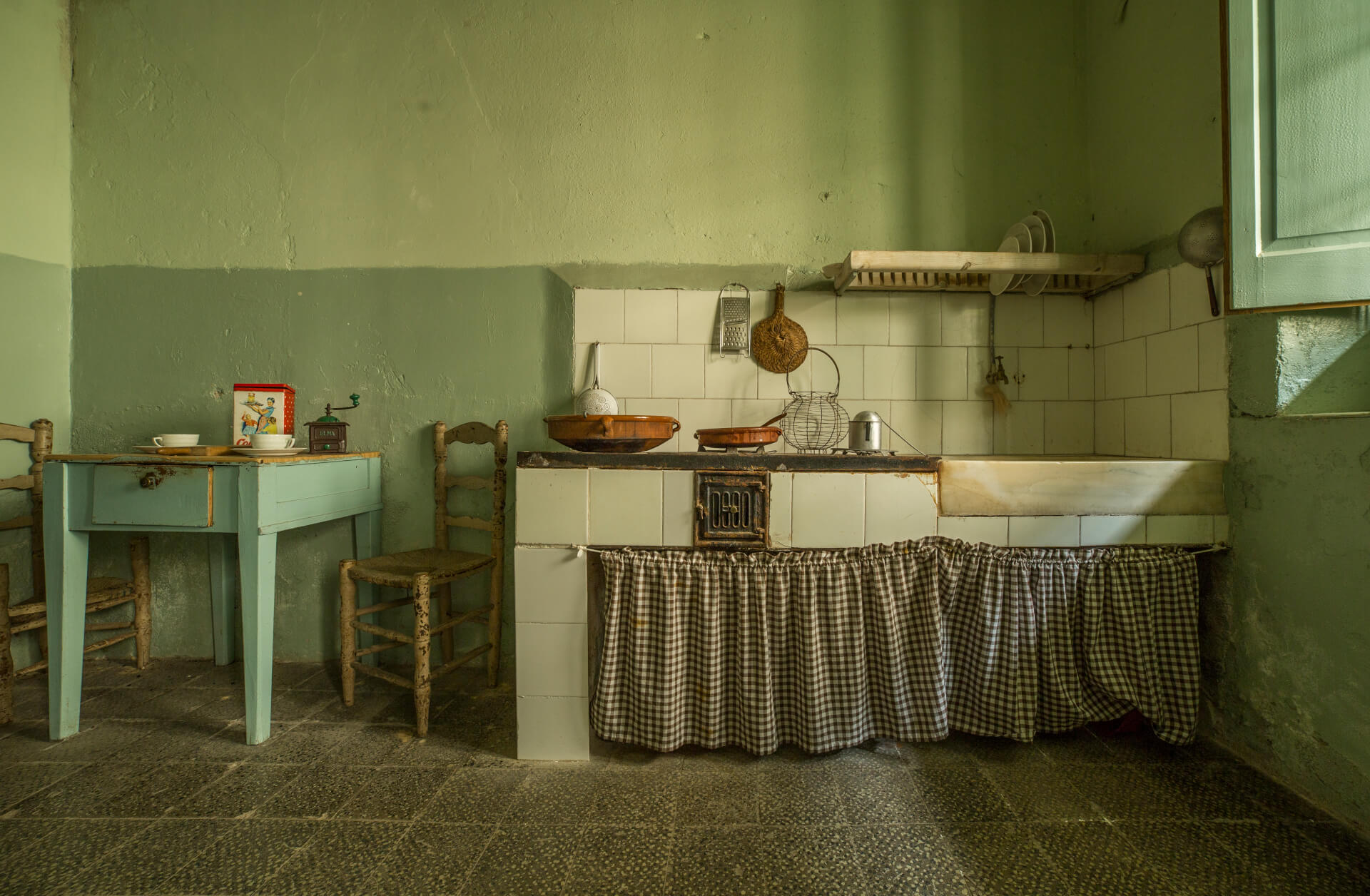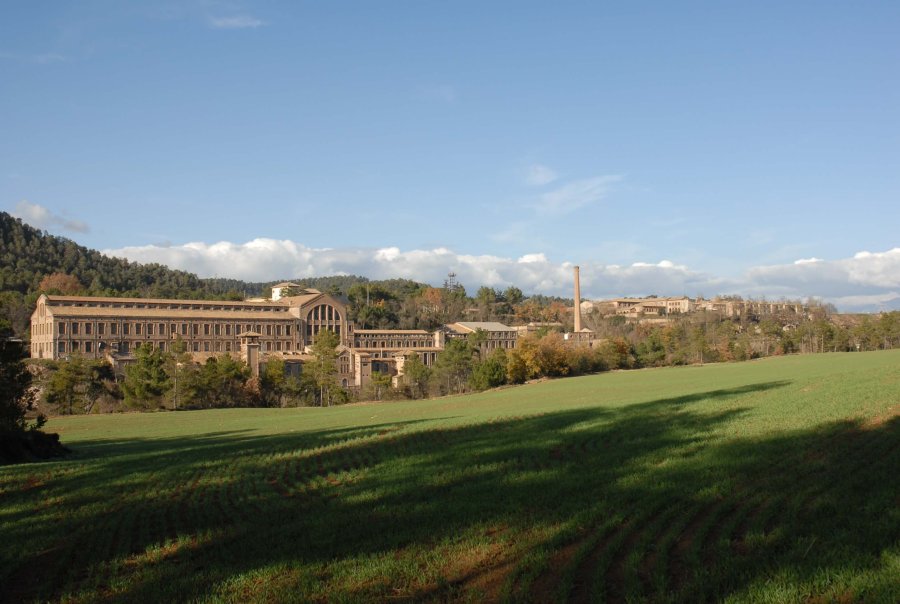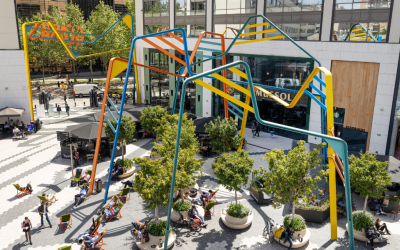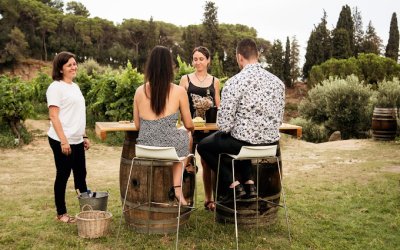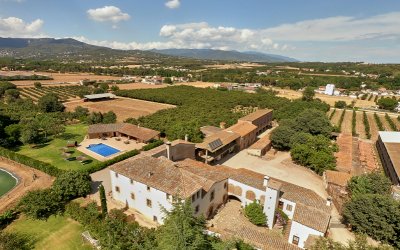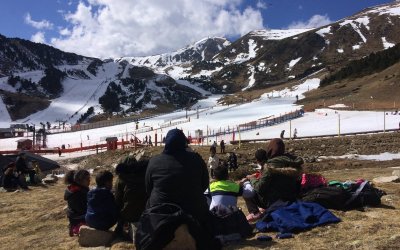The Museu Colònia Vidal, an exhibition space in the heart of the rural Berguedà county, is committed to improving mobility, renewable energy and CO2 capture. These initiatives are possible thanks to the proceeds from ticket sales, as part of a slow but steady evolution towards sustainable tourism.
First of all, this former industrial site made a commitment to improving mobility, which isn't at all easy in rural environments located far from major urban public transport services.
It launched a campaign to make getting to the site more sustainable. The first change was to adapt weekend opening hours to the frequency of the county’s regular bus lines in order to make it easier for visitors to come by bus.
It also provided tourists who were staying in rural guesthouses information about the mobile taxi network created by the Berguedà county authorities, as well as detailed information on charging points for electric vehicle users.
Bringing back the old hydroelectric turbines
One unusual feature is how the museum took advantage of the turbines that were already at the site of the former industrial colony. It reached an agreement with the owner to keep them running. This means that hydropower provides the electricity for the museum’s industrial space.
What is more, the organisation has embraced natural lighting for its spaces, which covers up to 80% of the exhibition space. As a dynamic museum, it thus takes advantage of the concept of this site from the late nineteenth century, when people worked by daylight.
Of course, there are certain objects on display, especially the most delicate ones, that use artificial lighting and are kept under certain conditions. But the museum’s commitment to natural light is so radical that it mainly offers tours only in the morning, and it has also restricted visitor access in the winter.
Its final major sustainability project has been its vertical ivy garden. These plants consume large amounts of CO2 and only need rainwater to live.
In short, these are initiatives within the means of this museum, a private site that relies on visitor contributions and cannot afford large structural investments.
However, the organisation greatly appreciates the role of Biosphere: thanks to the certification, it can focus on aspects it had previously been too busy to notice.
Taking on the Biosphere commitment has forced it to rack its brains, make an effort and come up with sustainable plans that don’t involve significant capital expenditures, an example of how creativity can be a powerful ally when working towards sustainability.
